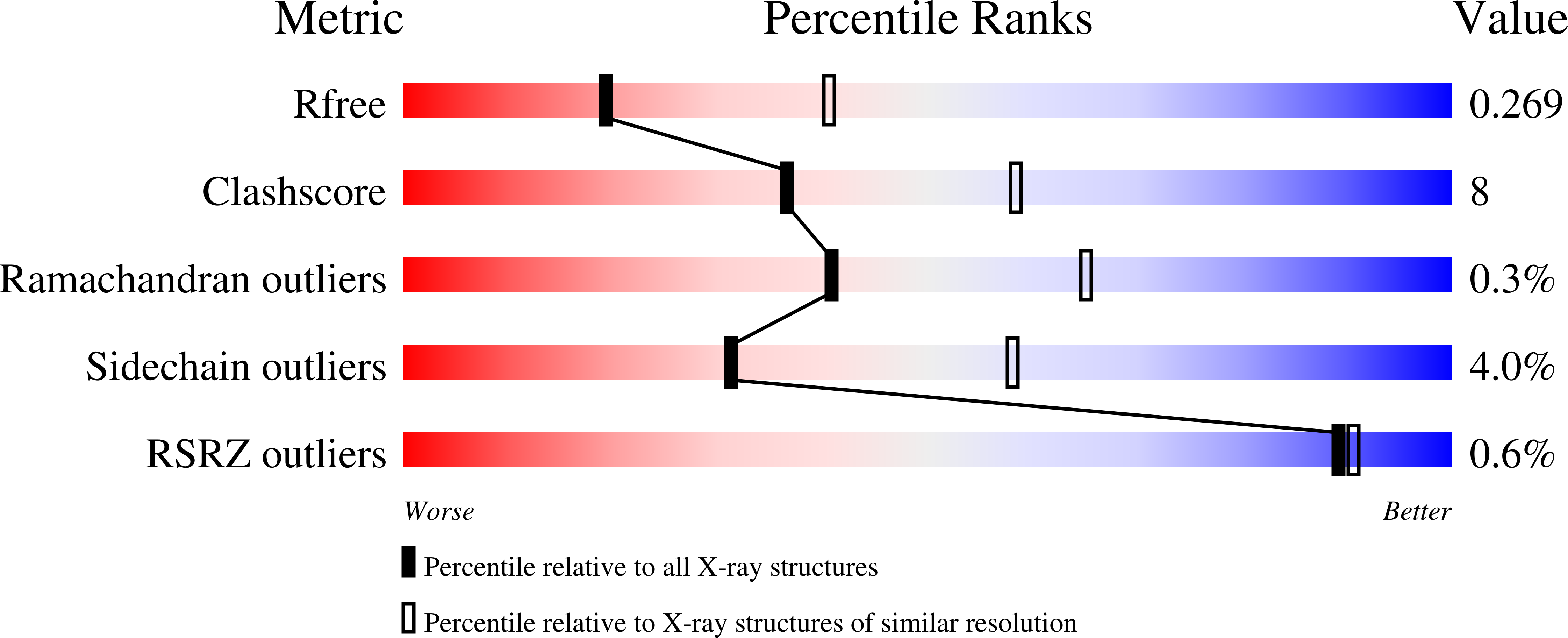
Deposition Date
2023-01-25
Release Date
2024-02-07
Last Version Date
2024-11-20
Entry Detail
PDB ID:
8CBB
Keywords:
Title:
Structure of homodimeric luciferase from Enhygromyxa salina
Biological Source:
Source Organism:
Enhygromyxa salina (Taxon ID: 215803)
Host Organism:
Method Details:
Experimental Method:
Resolution:
2.71 Å
R-Value Free:
0.26
R-Value Work:
0.19
R-Value Observed:
0.19
Space Group:
P 1


